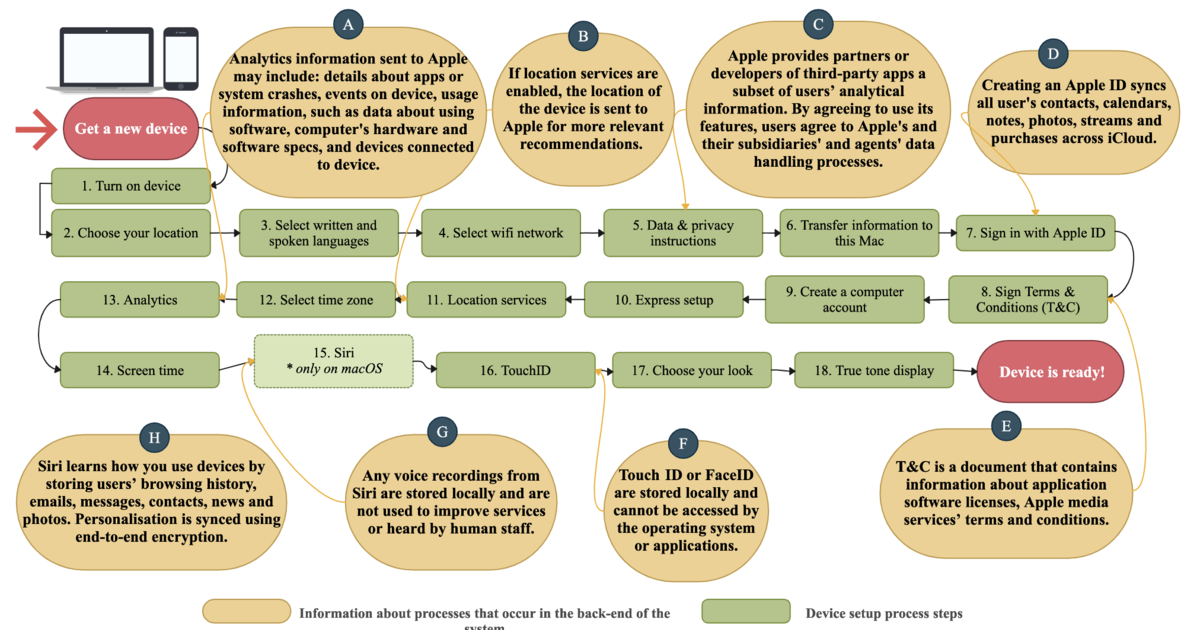

It’s a trade off between video quality and bandwidth but you can set the ffmpeg parameters to the bandwidth you want, more or less. If you have 2mbits up you can do ok. Motion detection can help if it’s for security and not much is happening most of the time.














Right. There were also Ace Doubles, but you had to be good at reading upside down if you wanted to use both halves.